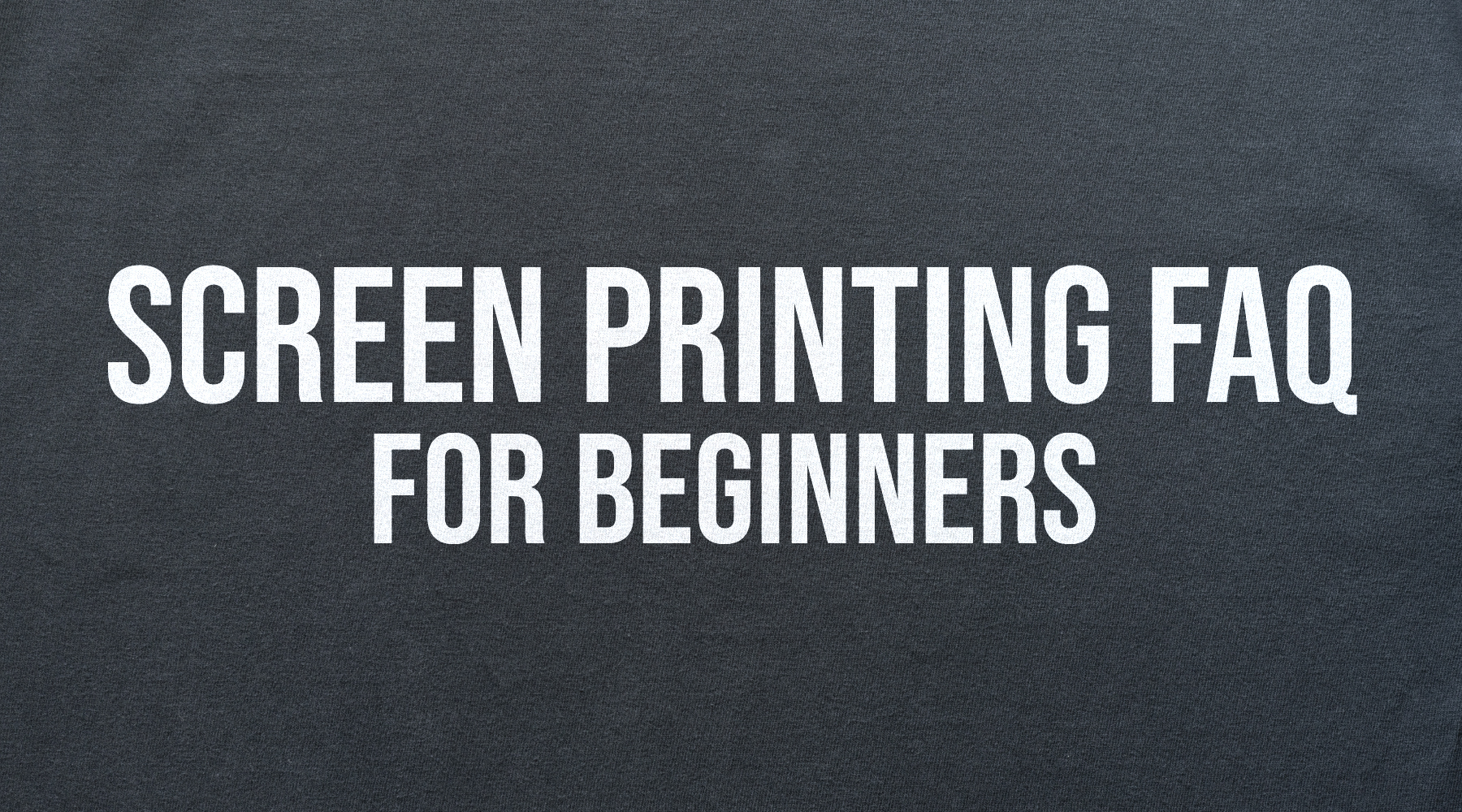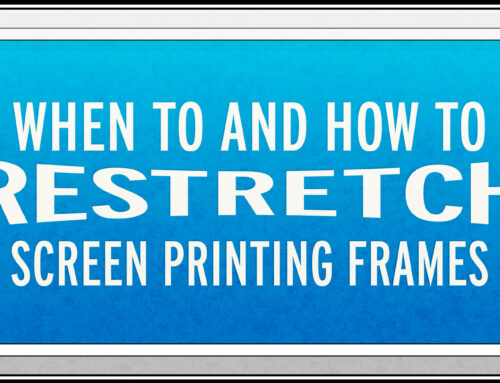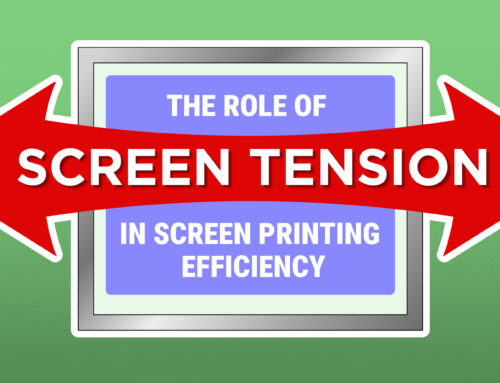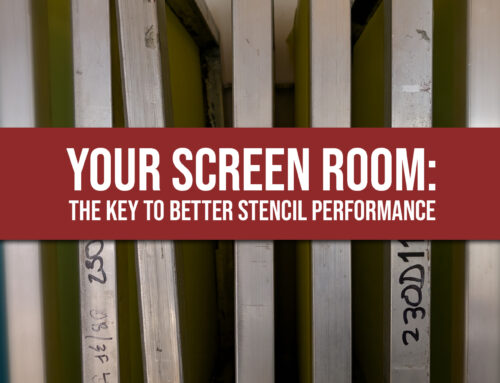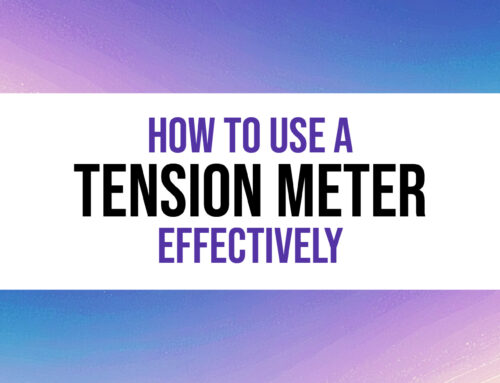Screen Printing FAQ for First-Time Printers: Your Guide to Getting Started in 2025
Screen printing is a versatile and rewarding way to create custom apparel and merchandise, from vibrant T-shirts to unique tote bags. For beginners, the process can seem daunting, but with the right knowledge and tools, you can start printing like a pro. This FAQ answers the most common questions first-time screen printers ask, covering what you need to know, essential equipment, supplies, costs, and key considerations. Let’s dive in and make your screen printing journey a success!
Why Choose Screen Printing? Key Benefits for Beginners
Screen printing is a popular choice for creating durable, high-quality designs on fabrics and other surfaces. Here’s why it’s a great option for first-time printers and what makes it stand out:
- Durability and Quality: Screen printing produces vibrant, long-lasting prints that withstand repeated washing, making it ideal for custom T-shirts, hoodies, and more. Unlike some digital methods, screen prints maintain their boldness over time.
- Cost-Effective for Bulk Orders: The per-unit cost decreases significantly with larger orders, making screen printing economical for producing dozens or hundreds of items. This is perfect for events, teams, or small businesses.
- Versatility: You can print on various materials, including cotton, polyester, spandex, and even non-apparel items like tote bags or posters, offering endless creative possibilities.
- Creative Control: Screen printing allows you to experiment with bold colors and designs, giving you the freedom to create unique products or launch your own brand.
How Does Screen Printing Work? A Beginner’s Overview
Understanding the screen printing process is the first step to mastering it. Here’s a simple breakdown of how it works, tailored for first-time printers:
- Design Creation: Create your design using software like Adobe Illustrator or Photoshop. For screen printing, each color in your design requires a separate screen, so simpler designs (1–2 colors) are best for beginners. The design is printed onto a transparent film (called a film positive) to create a stencil.
- Screen Preparation: Coat a mesh screen with light-sensitive emulsion and let it dry in a dark room. Place the film positive on the screen and expose it to UV light using an exposure unit. The emulsion hardens where light hits, creating a stencil of your design. Wash out the unexposed emulsion to reveal the open mesh for printing.
- Printing: Secure the screen in a press, place the T-shirt or material on the platen, and apply ink through the screen using a squeegee. Each color requires a separate screen and pass. For multi-color designs, flash cure the ink between layers to prevent smudging.
- Curing: Cure the printed item in a dryer (conveyor or flash) to set the ink, ensuring durability. Typical curing temperatures are around 320°F for plastisol ink, taking about 30–60 seconds.
What Equipment Do You Need to Start Screen Printing?
Starting a screen printing setup requires a few key pieces of equipment. Here’s a beginner-friendly list of essentials, with 2025 pricing estimates based on recent data:
- Screen Printing Press: A manual 1-color press is ideal for beginners, costing $500–$2,500. Brands like Lawson Screen & Digital Products offer reliable, economical options. For multi-color designs, a 4-color press runs $1,200.
- Exposure Unit: Used to create stencils by exposing emulsion-coated screens to UV light. Basic units cost $895.
- Curing Dryer: A flash dryer ($795) or small conveyor dryer ($2,400) cures ink for durability. Expect $50–$100 monthly in power costs.
- Washout Booth: Needed for rinsing screens. A good setup with a tub or sink costs $890. Use a pressure washer ($925) for reclaiming screens.
- Screens: Pre-stretched mesh screens cost $34 each. You’ll need one screen per color, and they’re reusable with proper care.
What Supplies Are Essential for Screen Printing?
Beyond equipment, you’ll need consumable supplies to bring your designs to life. Here’s what first-time printers should stock up on:
- Inks: Plastisol inks are beginner-friendly, costing $42 per quart. A quart can print hundreds of shirts, with an estimated $0.05 per shirt.
- Emulsion and Sensitizer: Diazo or photopolymer emulsion costs $20–$50 per gallon. Mix with diazo powder for longer-lasting stencils.
- Squeegees: A 70/75 durometer squeegee is versatile for beginners, costing $18 each.
- Film Positives: Transparent sheets for creating stencils cost $0.50–$0.75 each in bulk. You’ll need a printer (e.g., Epson 1430, $200 refurbished) for printing films.[](https://www.reddit.com/r/SCREENPRINTING/comments/5rmdl9/costs_of_starting_up_screenprinting_at_home/)
- Blanks and Pellons: T-shirts cost $1.50–$3 each in bulk (e.g., Gildan from wholesalers like SanMar). Pellons ($10–$20 for a pack) are used for test prints.
- Miscellaneous: Screen tape, platen adhesive, ink scoops, scrub brushes, and eco-friendly chemicals (e.g., Sgreen) cost $200–$500 to start.
How Much Does It Cost to Start Screen Printing?
The cost to start screen printing in 2025 depends on your setup, but here’s a breakdown for a beginner’s home-based operation:
- Basic Setup (Hobbyist): A 1-color manual press, DIY exposure unit, flash dryer, screens, inks, and supplies can total $2,500–$5,000. Used equipment can lower this to $1,500–$3,000.
- Semi-Professional Setup: A 4-color press, professional exposure unit, conveyor dryer, and supplies range from $5,000–$10,000.
- Ongoing Costs: Expect $50–$100 monthly for electricity, $200–$500 for restocking supplies, and $400–$800 for shop rent if not working from home.
- Cost-Saving Tips: Buy used equipment on eBay or Facebook Marketplace, start with bulk T-shirt orders for discounts, and outsource artwork to avoid software costs ($20/month for Adobe Illustrator).
Example: Printing 100 T-shirts with a 1-color design might cost $500 (including $150 for shirts, $50 for ink/emulsion, and labor). Charging $10 per shirt yields $1,000, with a $500 profit.
What Are the Key Considerations for First-Time Screen Printers?
Before diving in, here are critical factors to keep in mind to ensure success:
- Learning Curve: Screen printing is simple for single-color designs but requires practice for multi-color prints. Expect to spend time watching tutorials (e.g., on YouTube) and experimenting. Start with a 1-color press to master the basics.
- Workspace Setup: You need a well-ventilated, UV-free darkroom for screen preparation and a clean area for printing. A spare room or garage works, but cover windows to block light. Ensure proper drainage for washout to avoid clogs from inks/emulsion.
- Safety and Environmental Concerns: Use eco-friendly chemicals (e.g., Sgreen) to avoid hazardous waste. Wear gloves, goggles, and ear protection when using a pressure washer. Proper ventilation is crucial to manage ink fumes.
- Pricing and Profit: Price jobs based on local rates ($5–$15 per shirt for small orders) and account for setup costs (e.g., $27 per screen). Bulk orders reduce per-unit costs, so target schools or teams.
- Alternatives to Consider: For small orders, explore Direct-to-Film (DTF) or Direct-to-Garment (DTG) printing, which have lower setup costs but less durability. Screen printing excels for bulk runs and vibrant designs.
Common Mistakes to Avoid
First-time printers often face pitfalls that can waste time and money. Here’s how to steer clear:
- Overbuying Equipment: Don’t invest in a $20,000 automatic press until you’ve mastered manual printing and have consistent orders. Start small and scale up.
- Ignoring Costs: Track all expenses (inks, emulsion, labor) to avoid underpricing. Wastage from poor technique can add up.
- Skipping Practice: Test prints on pellons before using expensive blanks. Poor screen preparation or ink application can ruin garments.
- Neglecting Maintenance: Clean screens and equipment regularly to extend their lifespan. Invest in quality materials to reduce reprints and repairs.
Conclusion:
Screen printing is an exciting and profitable craft for beginners, offering creative freedom and the potential to build a thriving business. With a modest investment of $2,500–$5,000, a dedicated workspace, and a willingness to learn, you can start producing professional-quality prints in 2025. Focus on mastering single-color designs, sourcing cost-effective supplies, and pricing strategically to maximize profits. Ready to get started? Lawson Screen & Digital Products is your trusted source for equipment, supplies, and tutorials. Start printing, experiment, and watch your skills grow!


